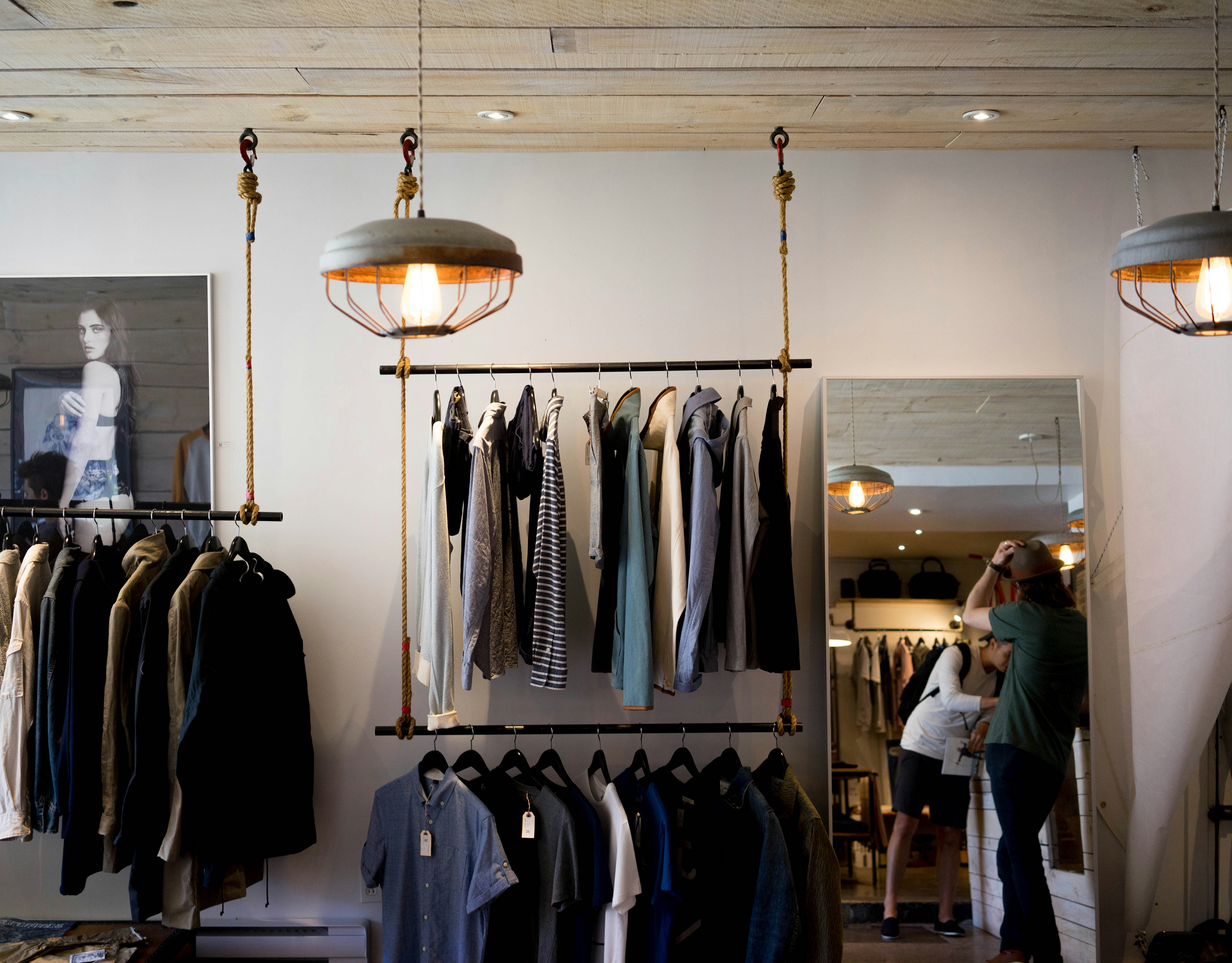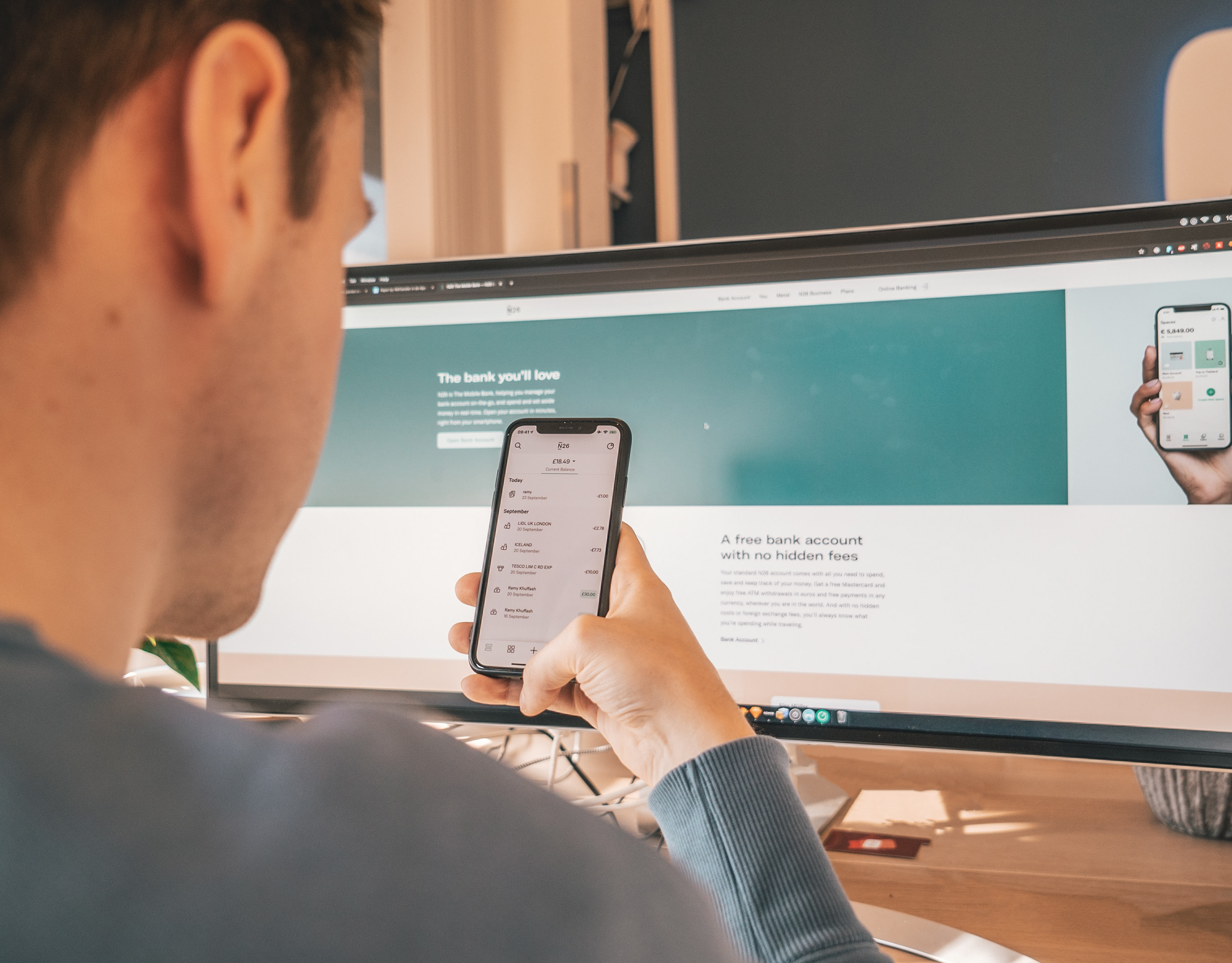First, a little context...
So, let's talk about the "front door" to Bitpanda's mobile app. It's the first thing millions of users see. This case study is all about how we redesigned those first few welcome screens to be more intuitive, communicative, and build a better relationship with our users from the very start.
Year: 2022 - 2023 | Team: Onboarding (PM, Native Engineers) in collaboration with Content Design
So, what was the problem we were trying to solve?
When we looked at our original welcome screen, we realised it just wasn’t doing its job. We had user research that showed the messaging was confusing, people didn't really "get" our value proposition, and to make matters worse, the sign-up button was hard to even find! This was creating a pretty bad first impression, and we were missing a huge chance to connect with new users.
My role in all this...
My role was the lead Product Designer, which meant I was responsible for driving this project from the initial idea all the way to the final delivery. I worked with a great team, including a Content Designer and our Design Lead, to do all the research, figure out the strategy, play with different concepts, and get the final designs ready for the engineers.
And what was the outcome?
The new multi-screen welcome experience we built did a much better job of explaining the app's value in a clear, engaging way. This led to a measured 8% increase in user sign-ups and helped us build a more solid, trust-based relationship with our customers right from the beginning.
⚠️Please note that I am under an NDA for this project, which strictly prohibits me from disclosing any confidential information. As a result, I can only provide a general description of the activities conducted without divulging any sensitive details. For a complete case study of this project, please contact me.
The journey: how we got there
1. How did we even start?
This whole project kicked off to meet a big business goal: we needed to increase the number of new user sign-ups. The guiding thought from leadership was that we were falling short because of a user-facing problem—we weren't clearly communicating our app's value to new customers. So, my discovery phase started with a clear mission: to find out if that was true, and to understand the "why" from a user's perspective.
2. What did we find out?
Through a mix of looking at a past UX audit, analysing usability testing insights, and doing some competitor research, we confirmed that hypothesis and uncovered a few key issues:
→Unclear value proposition: Our main purpose wasn't coming across clearly.
→Confusing content: Users were getting confused by the cryptocurrencies we showed on the screen.
→Poor discoverability: The sign-up button, you know, the most important button, was hard to find.
3. Turning problems into questions
Once we had these clear user problems, I found it really helpful to translate them into questions to help guide the design process. We started using "How Might We" (HMW) questions to brainstorm. The big one for us became:
"How might we inform users about our value proposition and establish a foundation for a trusting relationship with them?"
4. Setting our guiding stars (design principles)
That HMW question led us right to creating a set of design principles that would act as our guide for the whole project. The most important one, which came directly from our biggest finding, was:
The new design must "...clearly communicate the benefits and value proposition of the broker app to users, helping them understand what the app can do for them."
Choosing the right path
Once we knew the core user problem, the next step was to figure out the most effective place to solve it. I got together with my PM and we explored a few different ideas:
→Option 1: The app store fix. Could we solve this at the very top of the funnel by working with marketing to change our messaging and visuals in the App Store and Play Store?
→Option 2: The in-app welcome fix. Or could we solve it for people who had already downloaded the app by completely revamping the initial welcome screens?
→Option 3: The post-sign-up nudge. What if we focused on communicating value after a simple sign-up, using emails or tooltips?
We looked at our research, which showed that the big breakdown in trust was happening the moment a user first opened the app. So, while App Store optimisation is important work for the marketing team, it wouldn't solve the problem for the people who had already taken the leap to download. We decided that redesigning the in-app welcome experience (Option 2) was the most direct and high-impact solution.
The solution: a clear and engaging welcome
Our final solution was to replace the single, confusing splash screen with a clear, four-screen story. Based on our design principles, we designed the new flow to build a user's Knowledge, Motivation, and Trust before they even sign up.
Working closely with my Content Designer, we created a welcoming journey that told our story step-by-step:
→Screen 1: Welcome. This sets an aspirational tone by welcoming users to their "financial future."
→Screen 2: Motivate. This encourages users to "Invest in yourself" and shows that they can start working toward their goals, no matter their budget.
→Screen 3: Build trust. This one helps with user anxiety by emphasising "Safe and simple investing" on a secure and regulated platform.
→Screen 4: Incentivize. This gives a final, clear reason to join by highlighting "The BEST rewards" for using the platform.
What I learned from this...
My biggest challenge
A key challenge for me was making sure this project had a life after it launched. We saw a great immediate impact, but the planned next steps—like setting up better analytics and doing more testing—were things I would have loved to continue, to keep improving the experience.
My key personal takeaway
This project was a really valuable experience for me. It helped me get better at my own design process and showed me just how critical user research is for making good decisions. Most of all, it highlighted how important it is to have great communication and collaboration across different teams to get a successful project out the door.



